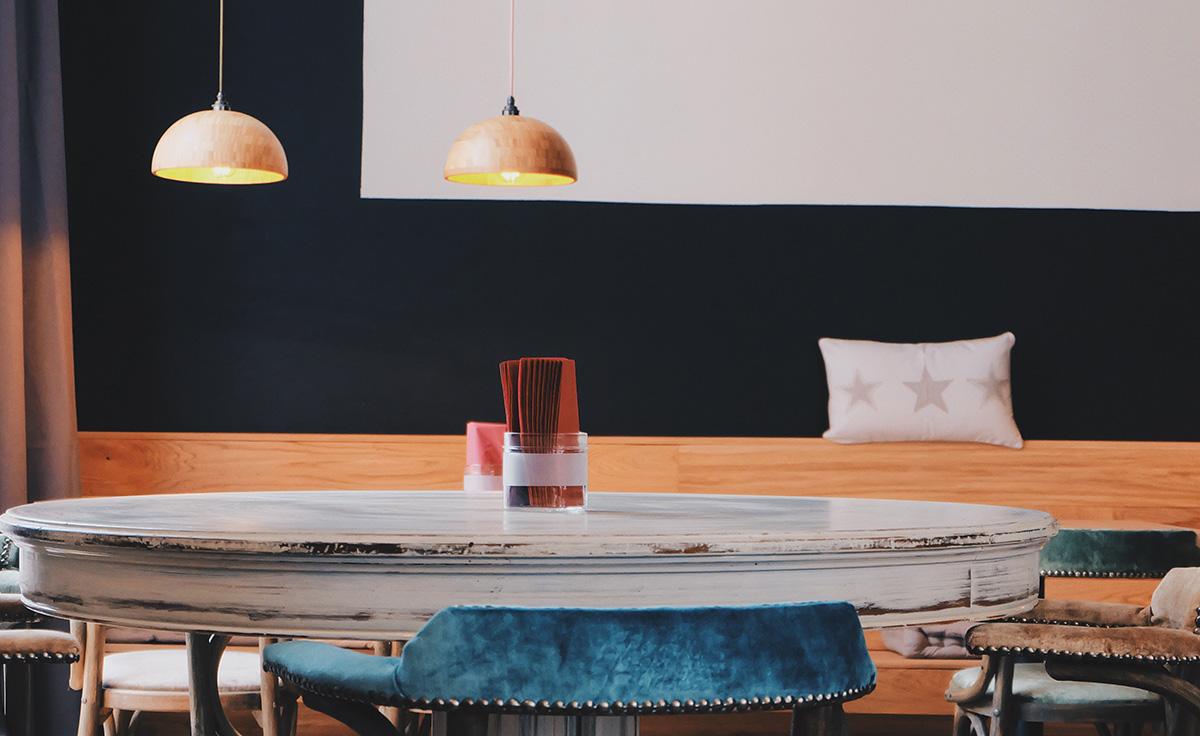Frequently Asked Questions
How does mold get into the building?
Mold spores exist naturally inside and outside of your home or commercial building. But mold spores depend upon moisture to grow, whether it is in the form of humidity in the air via rain or steam from showers, or water through leaks or flooding.
Mold tends to grow in high moisture areas (showers and under sinks, etc.) and other places with poor circulation (closets, basements or crawl spaces.) If leaks occur in the building, water often collects where no one can see, such as inside walls or attic insulation.
What are the affects of mold in my building?
Mold spores can be inhaled and may affect your respiratory system. Symptoms may seem similar to an allergy or a cold. If the occupants have sensitivities, such as asthma or weakened immune systems, they have even more reason to make sure no mold exists in the structure.
In addition to mold being a possible health issue, mold can create bad odors. It could also damage wood or erode other materials, (walls, wallpaper, etc), which may affect the structure of the building.
How can I prevent mold growth?
Mold is preventable by allowing air to flow freely (install exhaust fans, open windows, etc.) and keeping areas as dry as possible. Any leaks should be caught immediately and any moisture removed as soon as possible, before the spores have the chance to grow and spread.
How does the inspector determine when samples are needed?
The inspector looks for evidence of mold growth through a visual examination of the area. He will also look for areas where moisture is high where mold could be growing but may not be visible. By using a moisture meter and thermal imaging (infrared), he can locate cold spots (often indicative of moisture). The inspector may take a swab, but if he opts to collect an air sample, he will collect one outside and one inside to establish a baseline.

